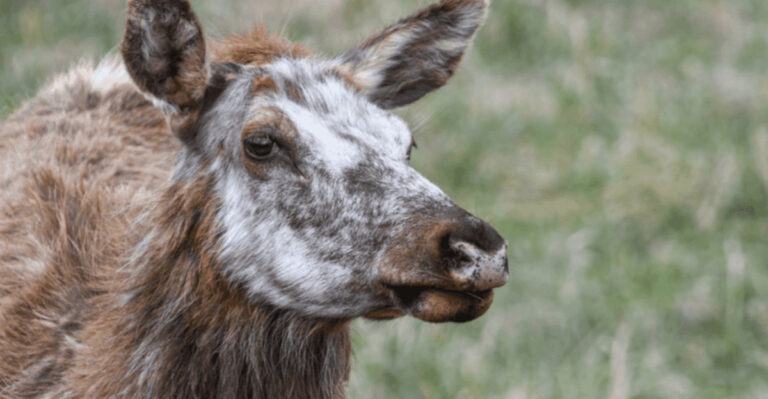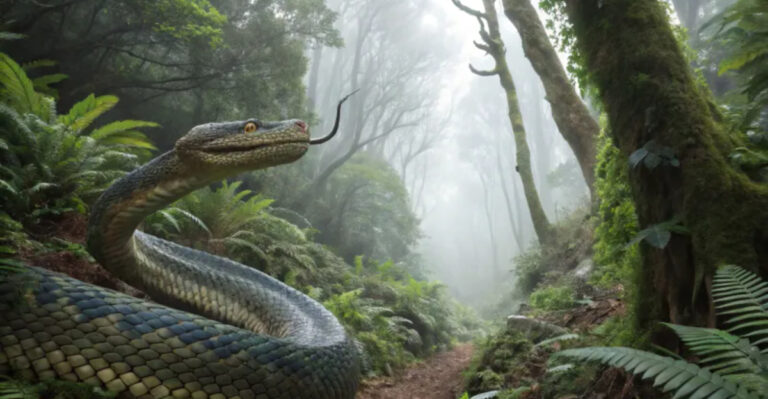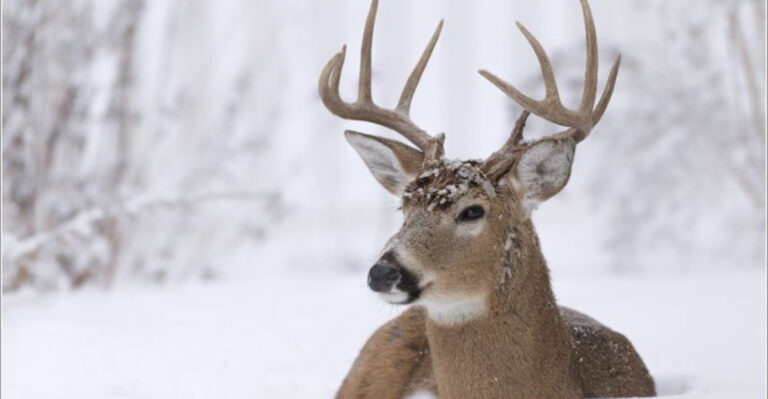Surprising Pollinator Animals That Quietly Keep Nature Thriving

When we think about pollinators, bees and butterflies typically buzz to mind. But nature’s pollination team is surprisingly diverse and includes some truly unexpected members. These unsung heroes transfer pollen between flowering plants, enabling reproduction and keeping our ecosystems healthy.
Their quiet work supports food production, plant diversity, and countless other species – including us!
1. Tiny Chocolate Lovers: Midges
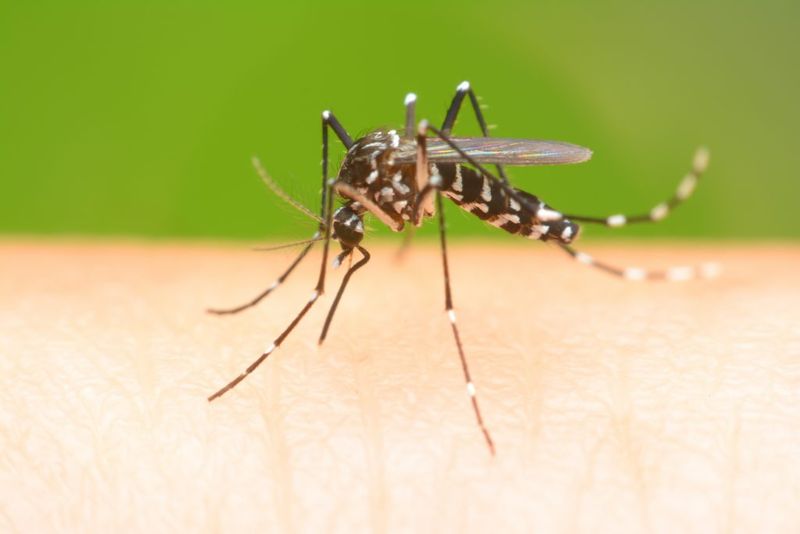
Without these mosquito-sized flies, your chocolate cravings would go unsatisfied! Cacao trees depend almost exclusively on midges for pollination.
These tiny insects are the only creatures small enough to navigate the cacao flower’s complex structure. Despite their diminutive size (barely 1/8 inch long), they’re responsible for the world’s $100 billion chocolate industry.
2. Night Shift Specialists: Bats
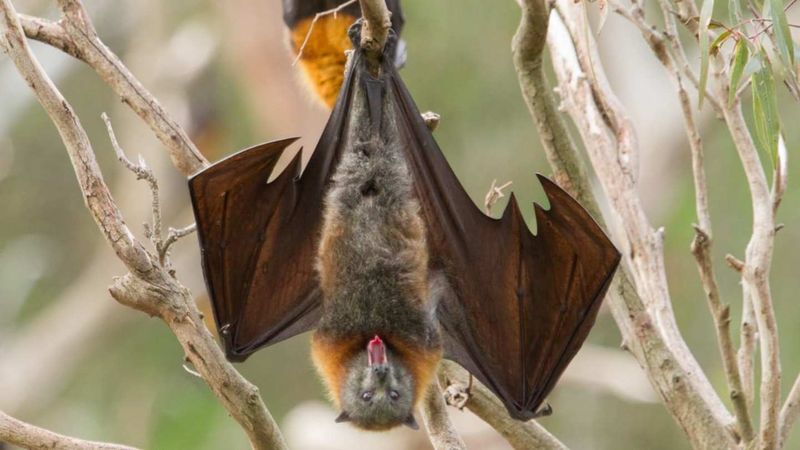
Swooping through darkness with wingspans reaching up to two feet, nectar-feeding bats pollinate over 500 plant species worldwide. Their faces often look comically specialized with long snouts or tongue extensions.
Many agave plants (used for tequila) rely completely on these furry fliers. Unlike insect pollinators, bats can carry pollen great distances, helping maintain genetic diversity in isolated plant populations.
3. Feathered Fertilizers: Hummingbirds
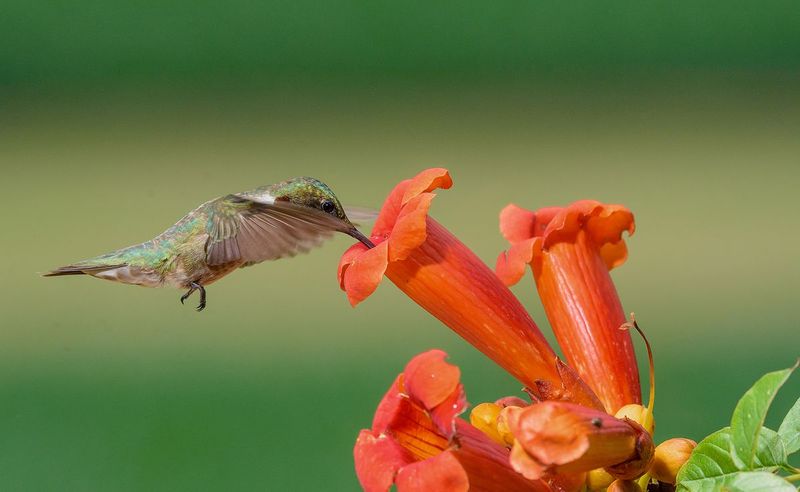
Beating their wings up to 80 times per second, these aerial acrobats hover perfectly still while sipping nectar. Their specialized relationship with flowers has evolved over millions of years.
Plants have developed tubular blooms perfectly matching hummingbird beak shapes. With incredible memories, these tiny birds create mental maps of every flowering plant in their territory, revisiting each one precisely when its nectar replenishes.
4. Surprising Swimmers: Aquatic Beetles

Ever wondered who pollinates underwater plants? Enter water beetles, nature’s scuba-diving pollinators!
These remarkable insects create air bubbles that cling to their bodies, allowing them to breathe underwater while visiting submerged flowers. They transfer pollen between water lily blooms and other aquatic plants, maintaining healthy wetland ecosystems that filter water and provide habitat for countless species.
5. Prehistoric Pollinators: Lizards
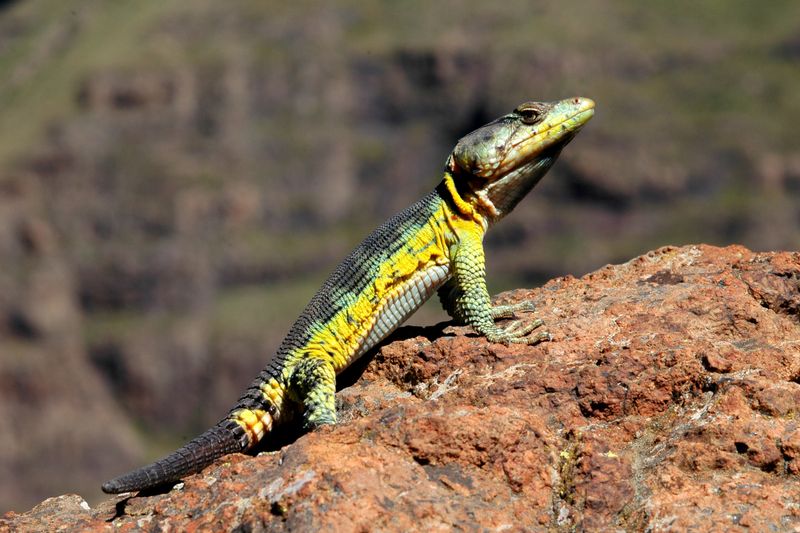
Looking like miniature dinosaurs lounging on flower beds, certain lizard species accidentally become pollinators while hunting for insects.
Their scaly skin picks up sticky pollen as they scramble between blooms. On islands where insect diversity is limited, some plants have evolved to attract these reptilian helpers with bright colors and sweet nectar rewards. Scientists have documented over 30 lizard species providing this ecological service.
6. Gliding Garden Helpers: Flying Foxes
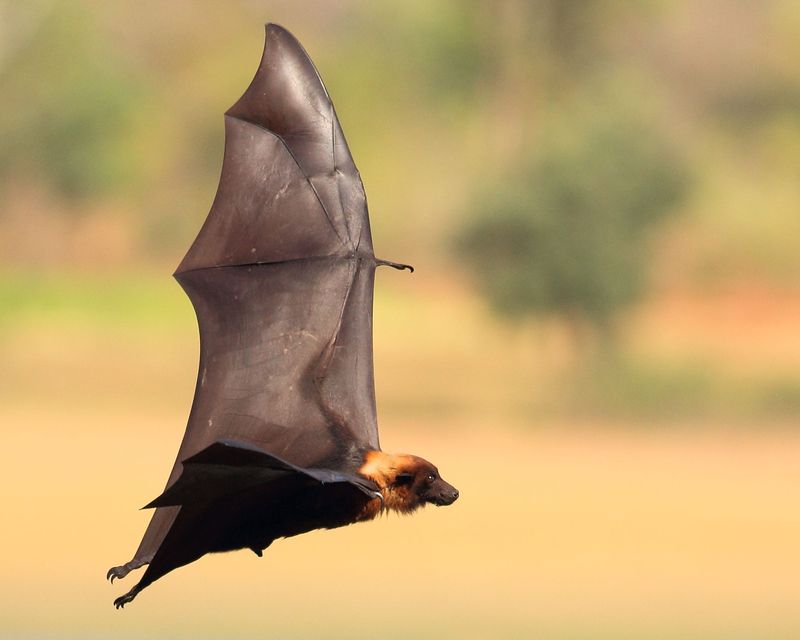
With wingspans reaching six feet, these massive fruit bats don’t just look spectacular – they’re pollination powerhouses! Unlike their smaller cousins, flying foxes primarily use sight rather than echolocation to find food.
Their fur becomes dusted with pollen as they feed on nectar and fruit. Many tropical hardwood trees depend entirely on these nocturnal navigators, making flying foxes crucial for rainforest regeneration across Southeast Asia and Australia.
7. Pint-Sized Pollinators: Geckos
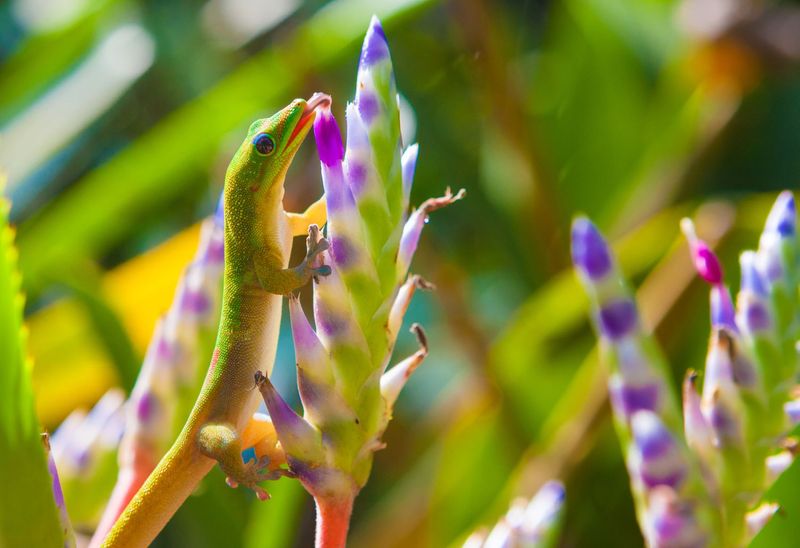
Talk about multitasking! While hunting insects on flowers, these sticky-toed climbers get covered in pollen that hitches a ride to the next bloom.
With specialized toe pads that can grip almost any surface, geckos easily navigate delicate flowers without causing damage. On remote islands like New Zealand and Madagascar, native plant species have co-evolved with these reptilian pollinators for millions of years, creating ecological partnerships found nowhere else.
8. Bush Babies With Benefits: Lemurs
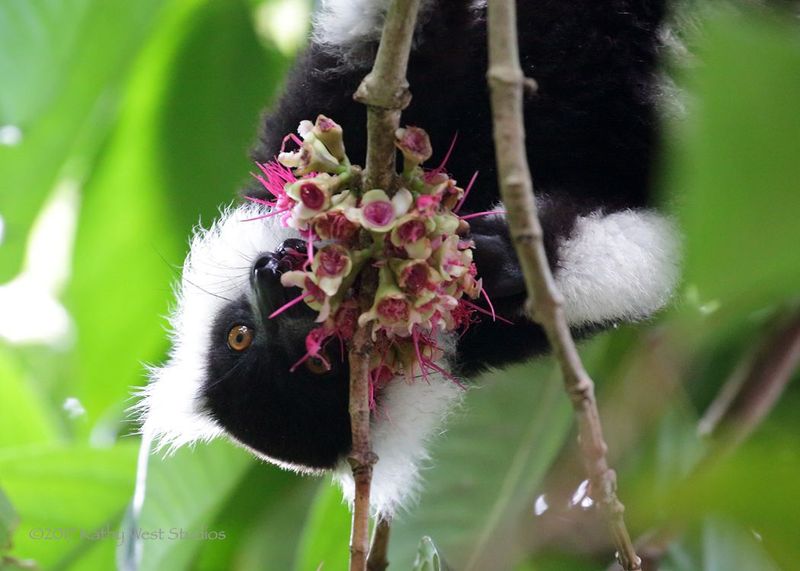
With fingers like twigs and noses constantly twitching, Madagascar’s lemurs have evolved alongside the island’s unique flora. Their long snouts and tongues perfectly probe deep flowers for nectar.
The critically endangered black-and-white ruffed lemur is the primary pollinator of the traveler’s palm tree. When feeding, these primates get their distinctive facial fur coated with pollen, carrying it between trees and maintaining forest genetic diversity.
9. Shell-Backed Surprises: Tortoises

Slow and steady wins the pollination race! On islands like Aldabra and the Galápagos, giant tortoises munch on low-growing flowers, inadvertently collecting pollen on their scaly necks and legs.
As these living tanks trudge between feeding spots, they transfer pollen across vast distances. Their century-long lifespans provide remarkable pollination consistency. Several plant species now face extinction because tortoise populations have declined dramatically over the past 200 years.
10. Masked Flower Visitors: Raccoons
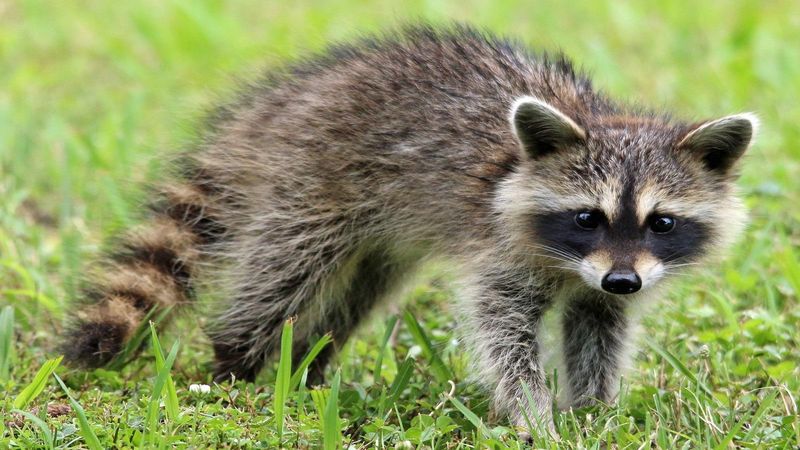
Those nimble bandit paws do more than raid trash cans – they’re surprisingly helpful in nature. While snacking on fruit and nectar, raccoons often explore flowers with intense curiosity.
Pollen clings to their sensitive whiskers and paws as they search for sweet treats. In southern North America, these masked climbers play a role in pollinating night-blooming plants and certain cacti, reaching blossoms many other pollinators can’t.
11. Pocket-Sized Pollinators: Mice
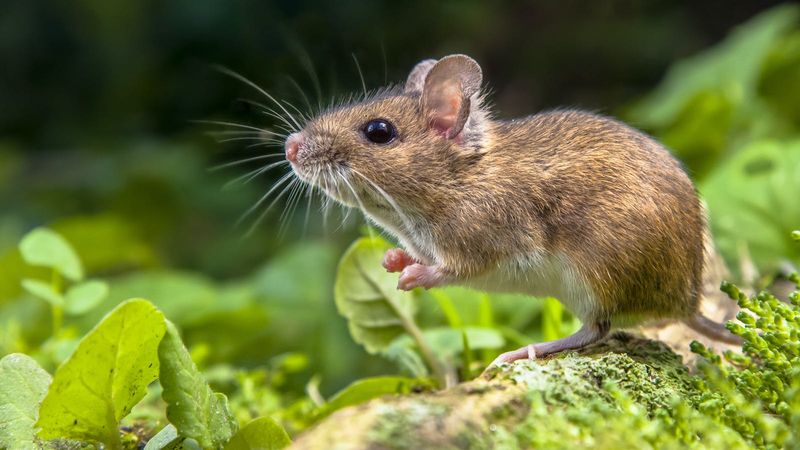
Africa’s grasslands hide a surprising secret – certain flowers have evolved specifically to attract mice! The remarkable Protea plant produces sweet nectar at ground level where only mice can reach it.
As these tiny mammals stick their snouts into the blooms, their fur collects pollen. Scientists discovered this unexpected relationship when they noticed certain flowers emitted a distinctive yeasty scent that attracts rodents but is barely noticeable to humans.
12. Unexpected Allies: Wasps
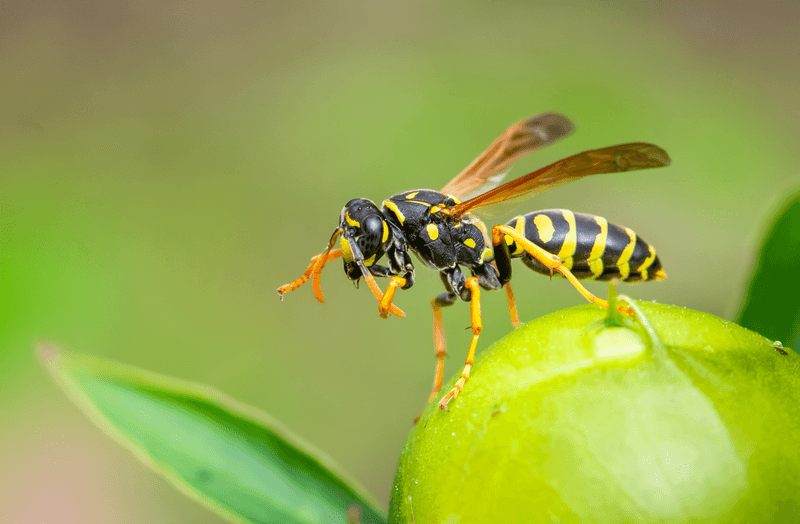
Beyond their reputation as picnic crashers, wasps quietly perform crucial pollination services. Unlike their bee cousins, wasps lack the fuzzy bodies ideal for carrying pollen, but they make up for it with determination!
Fig wasps have perhaps the most specialized relationship – each of the world’s 750+ fig species depends on its own specific wasp species. Without these insects, we’d lose figs completely from our diet and countless wildlife would lose a vital food source.
13. Slithering Supporters: Snakes

Believe it or not, certain snake species unintentionally help with plant reproduction! When hunting for small prey hiding in flowering plants, their smooth scales collect sticky pollen.
As they wind through vegetation, this pollen transfers to other flowers. This unexpected relationship was only recently documented in South Africa and Mexico. While not as efficient as specialized pollinators, snakes still contribute to genetic diversity in certain plant populations.
14. Marsupial Matchmakers: Possums
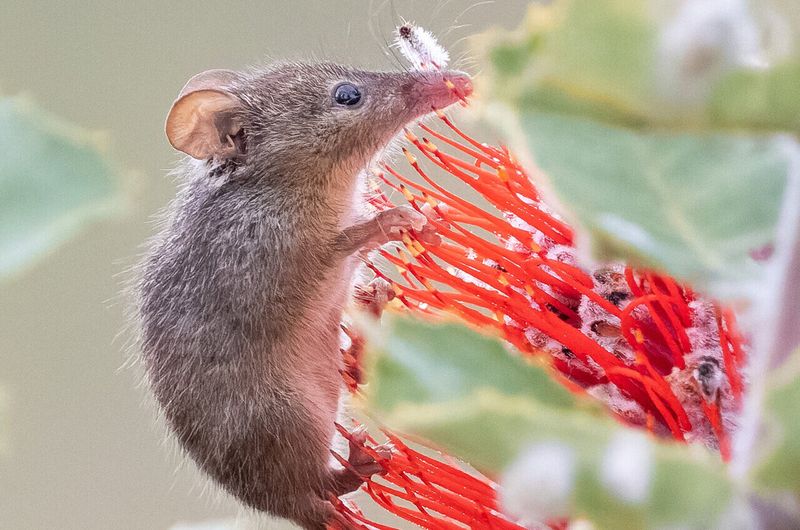
Australia’s honey possums weigh less than a penny yet play an outsized role in plant reproduction. Their brush-tipped tongues can extend to twice their body length, perfect for reaching deep into flowers.
These specialized nectar-feeders consume no solid food whatsoever – surviving entirely on flower products. Each night, a single honey possum visits thousands of blooms, becoming thoroughly coated in pollen. Their pollination services support entire eucalyptus forest ecosystems.

